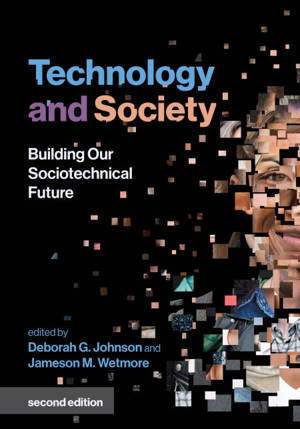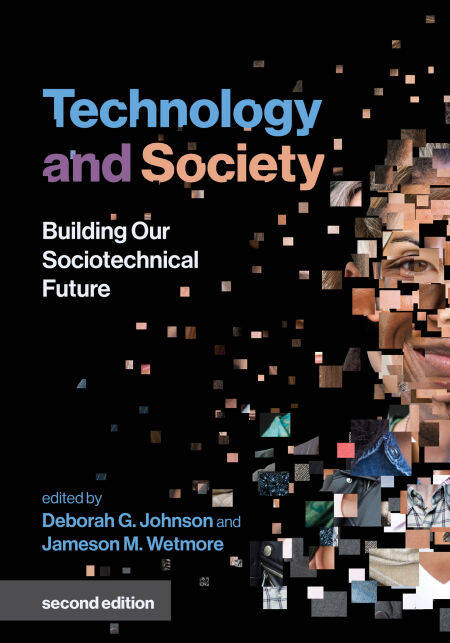
Bedankt voor het vertrouwen het afgelopen jaar! Om jou te bedanken bieden we GRATIS verzending (in België) aan op alles gedurende de hele maand januari.
- Afhalen na 1 uur in een winkel met voorraad
- In januari gratis thuislevering in België
- Ruim aanbod met 7 miljoen producten
Bedankt voor het vertrouwen het afgelopen jaar! Om jou te bedanken bieden we GRATIS verzending (in België) aan op alles gedurende de hele maand januari.
- Afhalen na 1 uur in een winkel met voorraad
- In januari gratis thuislevering in België
- Ruim aanbod met 7 miljoen producten
Zoeken
Technology and Society, second edition E-BOOK
Building Our Sociotechnical Future
€ 54,21
+ 54 punten
Uitvoering
Omschrijving
Writings by thinkers ranging from Rokeya Sakhawat Hossain to Bruno Latour that focus on the interconnections of technology, society, and values.
Technological change does not happen in a vacuum; decisions about which technologies to develop, fund, market, and use engage ideas about values as well as calculations of costs and benefits. In order to influence the development of technology for the better, we must first understand how technology and society are inextricably bound together. These writings--by thinkers ranging from Bruno Latour to Francis Fukuyama--help us do just that, examining how people shape technology and how technology shapes people. This second edition updates the original significantly, offering twenty-one new essays along with fifteen from the first edition.
The book first presents visions of the future that range from technological utopias to cautionary tales and then introduces several major STS theories. It examines human and social values and how they are embedded in technological choices and explores the interesting and subtle complexities of the technology-society relationship. Remedying a gap in earlier theorizing in the field, many of the texts illustrate how race and gender are intertwined with technology. Finally, the book offers a set of readings that focus on the sociotechnical challenges we face today, treating topics that include cybersecurity, geoengineering, and the myth of neutral technology.
Technological change does not happen in a vacuum; decisions about which technologies to develop, fund, market, and use engage ideas about values as well as calculations of costs and benefits. In order to influence the development of technology for the better, we must first understand how technology and society are inextricably bound together. These writings--by thinkers ranging from Bruno Latour to Francis Fukuyama--help us do just that, examining how people shape technology and how technology shapes people. This second edition updates the original significantly, offering twenty-one new essays along with fifteen from the first edition.
The book first presents visions of the future that range from technological utopias to cautionary tales and then introduces several major STS theories. It examines human and social values and how they are embedded in technological choices and explores the interesting and subtle complexities of the technology-society relationship. Remedying a gap in earlier theorizing in the field, many of the texts illustrate how race and gender are intertwined with technology. Finally, the book offers a set of readings that focus on the sociotechnical challenges we face today, treating topics that include cybersecurity, geoengineering, and the myth of neutral technology.
Specificaties
Betrokkenen
- Uitgeverij:
Inhoud
- Aantal bladzijden:
- 600
- Taal:
- Engels
- Reeks:
Eigenschappen
- Productcode (EAN):
- 9780262361828
- Verschijningsdatum:
- 23/08/2021
- Uitvoering:
- E-book
- Beveiligd met:
- Adobe DRM
- Formaat:
- ePub

Alleen bij Standaard Boekhandel
+ 54 punten op je klantenkaart van Standaard Boekhandel
Beoordelingen
We publiceren alleen reviews die voldoen aan de voorwaarden voor reviews. Bekijk onze voorwaarden voor reviews.








